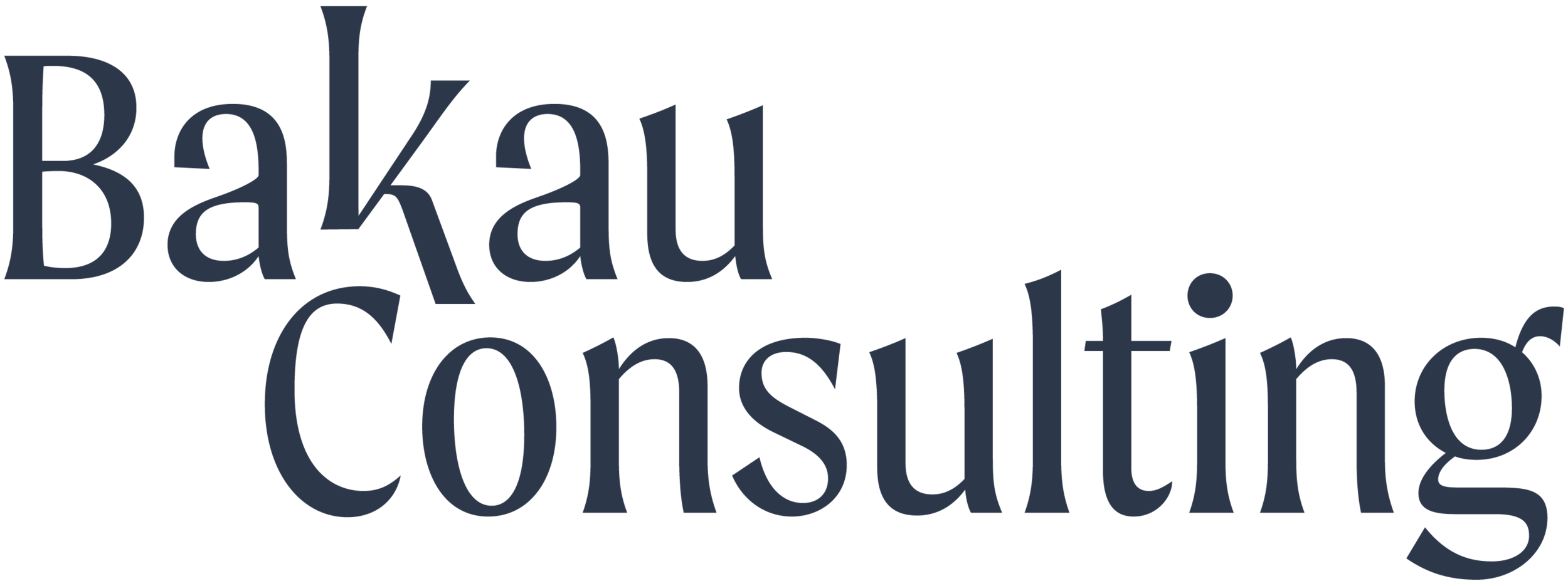Performative to Dangerous: When Corporate Pride Crosses the Line
by Jacquie Shaw
Guest Writer
A person with short brown and blonde hair looking at a computer.
Every year as June and Pride month approaches the internet begins to buzz with a familiar energy; folks remembering the origins of pride, queer friends and families planning their celebrations (however those may look in the time of COVID-19), critiques of hollow corporate attempts to market to the 2SLGBTQIA+ community, and of course the corporate pride expressions along the lines of “love is love”. On June 1st Google released a pride-themed easter egg: When searching “Pride”, “Pride Month '', or other terms related to 2SLGBTQIA+ identities (such as “transgender”, “gay”, “bisexual”) an animation of confetti and pride flags would appear on the screen. While at first, this may seem like a celebration of progressivism and inclusion, this surprise feature is insidiously very dangerous when considering the most vulnerable in our community/ies.
Screen shot from tiktok user .flotus’s tiktok showing how on June 1st searching “transgender” on Google would activate the confetti effect, while bringing up headlines of Florida’s ban on transgender women and girls in sports .
As a millennial, amongst my queer/trans peers in my generation, many of us first entered our journey of exploring our sexuality and gender identities by using the web to seek out information, often by searching Google or Wikipedia, far before we felt comfortable expressing these parts of ourselves. While young people definitely have more access to affirming information through social media; Gen Z is the queerest generation (a recent survey out of the states finding 1 in 6 Gen Z adults identify as queer or transgender), safety and access are not afforded to everyone in our community.
Imagine you’re a questioning/2SLGBTQIA+ youth, and your only access to a computer is shared or surveilled.. What happens when a child in a potentially abusive or unsafe position googles one of the confetti triggers? Sure, this interaction may seem minuscule; would people really catch the split-second animation? What happens if this child is in a homophobic, transphobic home or environment. This “fabulous” feature suddenly puts some of our most vulnerable community members in a position of potential danger.. This feature could alert peers and cause bullying, it could alert adults and lead to lack of housing, or worst case scenario the loss of life of a vulnerable 2SLGBTQIA+ youth.
Google sheets turns rainbow if you type in “pride”.
While this is an imagined scenario, it is not an unrealistic one.
Regardless of the narrative of social progressivism, when this feature prioritizes the celebrations of pride or identity, it forgets the legacy of pride and the reasons it is still needed. We still largely live in a system where trans people experience higher rates of discrimination and are at higher risk of suicide and poor mental health than their cis counterparts, 2SLGBTQIA+ youth are overrepresented in the homeless youth population; these are the realities of our most vulnerable.
Not only is the celebratory pride flag confetti a hazard, but the digital ethics and human-centred design researcher Dr. Casey Fiesler, director of The Internet Rules Lab, also highlights how this feature is an example of algorithmic cruelty; the phenomena where algorithms can be cruel and are often built integrating the implicit biases of greater society (and she does so in a quick tiktok!). This cruelty is seen when on June 1st searching for the term “transgender” would activate the pride confetti effect, while also bringing up news headlines that the Florida government had passed a discriminatory bill that targeted trans women and girls in sports. Google also laid off queer and trans employees for labour organizing so there’s also that. There is cruelty in the misalignment between the performative pride confetti expresses and the realities of the violence that is enacted by governments and corporations towards trans people.
As pride month continues, before celebrating the celebration, consider who is this for, and who’s liberation does this lead to? Are folks become freer to be who they are, are the material realities of 2SLGBTQIA+ folks improved by these signifiers of “pride” or are these just facades of progress that distract from the very real harm that is still happening to and within our communities?
Edit: Since the release of this easter egg/feature, the effect no longer activates using only search terms but is now only triggered when clicking rainbow/pride flag coloured heart that appears when searching “Pride flag”.
For more on designing with liberatory principles check out Design Justice Networks’ Design Justice Principles.
Jacquie Shaw
Jacquie Shaw (they/them) is a queer Filipinx-Bermudian immigrant settler in what is currently Canada. As a designer/futurist/researcher their practice combines design anthropology, education, and strategic foresight to critically explore and build equitable and decolonized futures.




